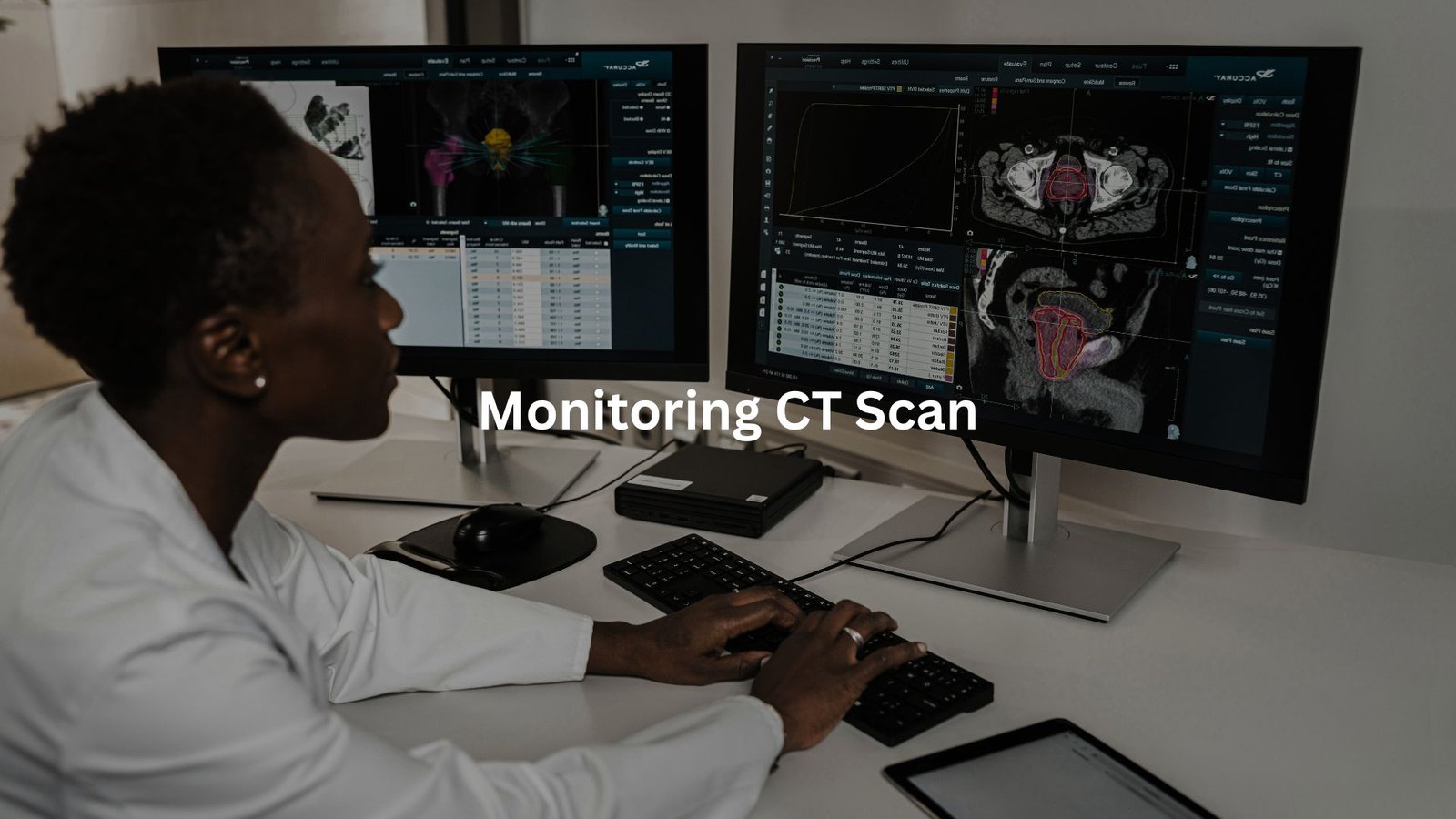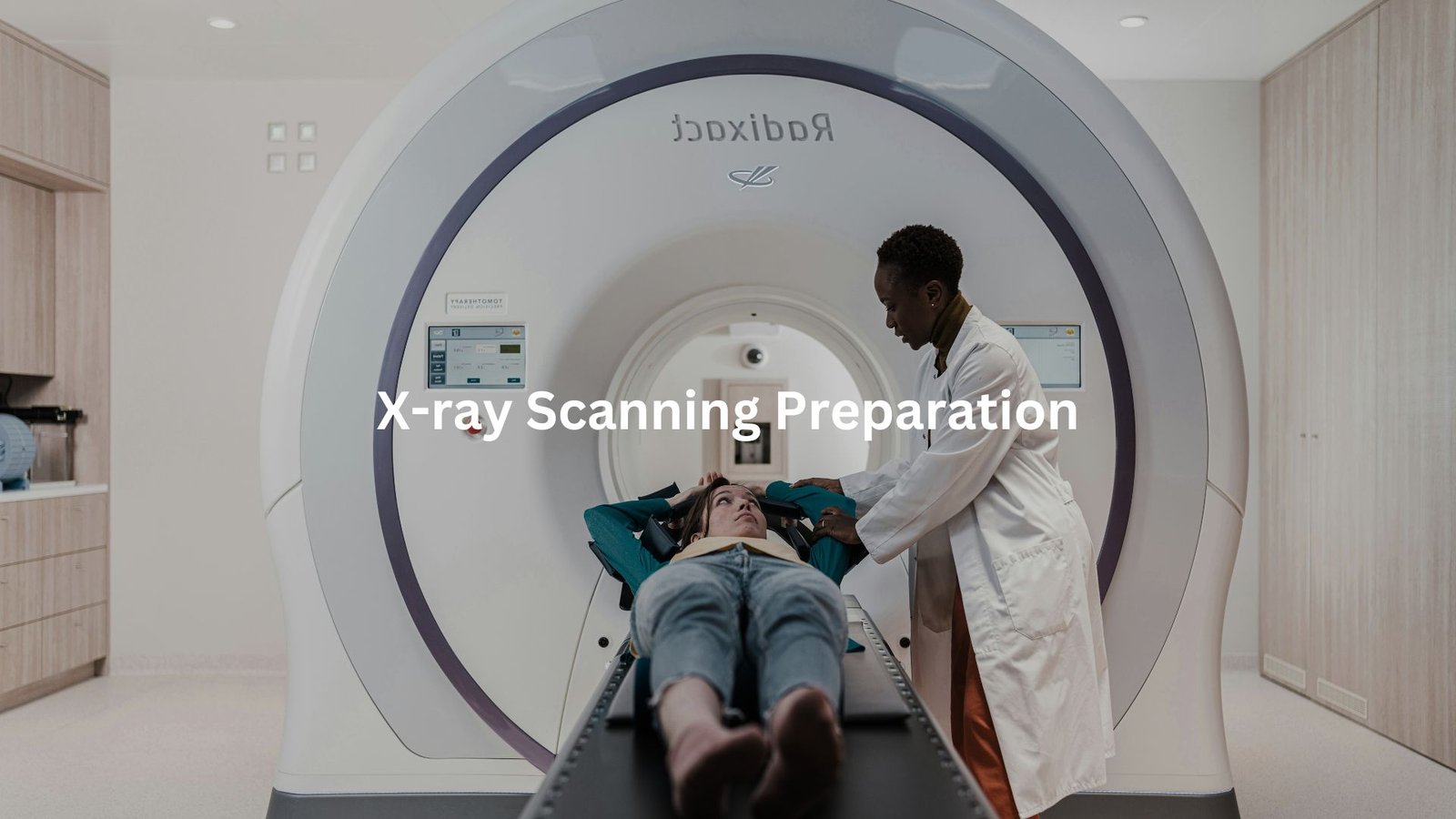Learn how to prepare for your fluoroscopy exam with these helpful tips and guidelines.
Fluoroscopy preparation is important for getting the best images of your body’s insides. If you’re nervous about an upcoming test, that’s okay! Many people feel that way. This guide will help you understand what you need to do before your fluoroscopy. It’s all about making sure you’re ready, so keep reading to find out more!
Key Takeaway
- Always talk to your doctor about your medical history and any allergies.
- Follow fasting guidelines for your specific fluoroscopy type.
- Wear comfortable clothes and leave jewelry at home for your procedure.
Understanding Fluoroscopy Preparation
Fluoroscopy is a special test that uses X-rays to show real-time pictures of the inside of your body. It helps doctors look at things like your digestive system and how your organs move. When you prepare well, it helps the doctors see everything they need to.
Why Talk to Your Doctor?
Before heading into a fluoroscopy test, it’s crucial to have a chat with your doctor. This isn’t just about the usual check-up—it’s a chance to make sure you’re both on the same page. If you’ve got any questions or concerns about the test, now’s the time to ask. You might want to know exactly why it’s being done, how it works, or what will happen afterward. Getting those answers can help ease any worries and make the whole experience less stressful.
But the conversation goes both ways. Your doctor will need information from you too. They’ll want to know about your medical history, especially anything that could impact the test. Things like current medications, allergies (particularly to iodine or contrast dyes), and past medical conditions are key pieces of the puzzle. Your doctor might also ask if you’re pregnant or could be, as this can affect the safety of the procedure.
The better prepared your doctor is with this information, the smoother the test will go. It’s like setting the stage for a performance—everyone knows their role, and the outcome is far more likely to be successful. Trust me, those little details make a huge difference. So, take a moment to think about what you need to tell your doctor. It’s all about making sure things go off without a hitch.
Fasting Guidelines
Fasting before a fluoroscopy test can feel like an uncomfortable task, but it’s necessary. The goal is clear pictures and accurate results, and fasting helps to achieve that. Each type of fluoroscopy exam has its own fasting rules, so here’s what to expect for the most common ones.
- Upper GI Series: For this test, you won’t be able to eat or drink anything after midnight before your appointment. The reason for this is simple: when your stomach and esophagus are empty, the doctors get a better view of them during the exam. It might feel a bit harsh at first, but remember, it’s just a temporary inconvenience.
- Barium Enema: You’ll have a bit more to prepare for here. A few days before the test, you’ll need to stick to a low-residue diet (this just means less fibre). The night before, you’ll only be allowed clear liquids like broth or water. To make sure your colon is properly cleaned out, you’ll probably need to take a strong laxative. It might not be the most fun thing, but it’s necessary for the clarity of the images.
- Intravenous Pyelogram (IVP): For this test, you’ll be fasting for four hours before your appointment. No food or drink during that time. This allows the contrast dye to work effectively, without any distractions from food or liquids in your system.
- Esophagram: Similar to the Upper GI series, you’ll need to fast for at least four hours before the test. This lets your stomach empty, making it easier for the doctors to assess your swallowing mechanism and any potential issues.
- Small Bowel Series: This test can take a little more time. Be prepared to follow specific instructions from your doctor and perhaps spend some extra time at the hospital. The preparation could involve waiting longer than expected, but that extra time allows your doctor to get the best images.
In every case, the fasting is designed to help doctors see what’s happening inside your body without interference. Though it may be tough for a few hours, it’s a short-term sacrifice for more accurate and helpful results.
What to Wear?
When it comes to your outfit for a fluoroscopy test, comfort is key. Chances are, you’ll be asked to change into a patient gown. So, no need to wear anything fancy or complicated. Loose-fitting, comfortable clothes are your best bet. Also, leave the jewellery at home, along with any other metal items like belts, hairpins, or zippers. Why? Well, metal can mess with the images, and the last thing you want is a test that’s unclear or needs to be done again.
Plus, it’s best to keep your pockets empty. Anything that could cause a distraction or interfere with the exam will just slow things down. Dress simply, and you’ll be ready for whatever the test throws your way.
Additional Considerations

Before your fluoroscopy test, you’ll likely be asked to sign a consent form. This form will explain exactly what will happen during the procedure, so you know what to expect. It’s not something to rush through—take a minute to read it carefully. If you’re uncertain about anything, don’t hesitate to ask for clarification.
Another thing to mention is breastfeeding. If you’re nursing, be sure to let your doctor know before the exam. Depending on the test, you might need to pump and store milk ahead of time to avoid any complications later. This is especially important with exams that use contrast dyes, as they can sometimes transfer to breast milk.
After the test, most people can go back to their usual routine right away. However, if you’ve had a barium-based exam, you might notice a few changes. The barium can turn your stool a white or light colour, which is perfectly normal. Some people might even experience a bit of constipation afterward. It’s nothing to worry about, but if it’s bothersome, drinking extra water or eating more fibre in the days following the test might help things move along.
Just be aware of these potential changes, and everything will likely go back to normal soon enough. In any case, if you do have concerns, your doctor will be there to guide you. (1)
Post-Procedure Care
Credit: General Radiology
After a fluoroscopy test, it’s important to follow your doctor’s instructions. They might tell you to drink a lot of fluids to help flush the contrast dye out of your system. Hydration’s key here. Drinking water not only helps clear out the dye but also prevents constipation, something that can happen after certain tests like barium-based ones.
Doctors will likely ask you to keep an eye on your body for any unusual symptoms. If anything feels off or doesn’t seem right, it’s always best to reach out. Otherwise, you should be able to go back to your normal routine in no time. Keep an eye on your fluids, and you’ll be back on track.
Common Concerns
It’s natural to feel a little anxious about the risks of a fluoroscopy test. Radiation exposure is a concern for some people, but the levels used in most fluoroscopy exams are quite low. Doctors are trained to keep that in check. Still, the thought of radiation might make some folks uneasy. That’s understandable.
If you’re worried, bring it up with your doctor. Ask about the risks specific to your situation. Doctors are used to answering these questions and can explain the safety measures in place. If you have concerns about your health or the test itself, don’t be afraid to ask. It’s better to have all the facts. (2)
FAQ
What are the fasting guidelines for fluoroscopy preparation?
For fluoroscopy preparation, you’ll need to follow specific fasting guidelines depending on the exam. For procedures like the upper GI series or barium swallow, you should fast for at least 8 hours before the test. Some exams, like the barium enema, might require a clear liquids diet for a few days leading up to the test. Always check your pre-exam instructions and dietary restrictions with your doctor to ensure you’re ready for the procedure.
How does contrast dye work during fluoroscopy?
Contrast dye is essential for many fluoroscopic imaging techniques. It helps enhance the visibility of organs and blood vessels during the X-ray examination, allowing doctors to assess areas like the digestive system and urinary tract. The contrast dye is often used during exams like the barium swallow or intravenous pyelogram. Be sure to discuss any allergy notifications with your doctor before the procedure to avoid complications.
What should I know about the barium enema and bowel preparation?
The barium enema involves an X-ray examination of the lower digestive system, requiring proper bowel preparation. You’ll be asked to follow a clear liquids diet and possibly take a laxative before the exam. This helps ensure the best fluoroscopic imaging results. Discuss your bowel preparation plan with your doctor to understand any exam-specific guidelines, and ensure you’re fully prepared for the procedure.
What should I bring to my fluoroscopy appointment?
Make sure to bring your medical history, including any relevant allergies or medications, to your fluoroscopy appointment. You might also be asked to change into a patient gown for the exam. It’s important to follow the pre-procedure checklist and leave personal belongings, such as jewellery, in a safe place to maintain patient comfort and security. Your doctor will provide any necessary patient education materials before the test.
How can I manage hydration and stool colour changes after a fluoroscopy?
After your fluoroscopy test, staying hydrated is important for flushing out the contrast material. You might notice stool colour changes, especially after exams like the barium swallow or barium enema. These changes are temporary and shouldn’t be concerning. If you experience any discomfort or unusual symptoms, it’s best to consult your doctor, as hydration post-procedure is key for recovery.
Conclusion
So, preparing for fluoroscopy is really about being ready for your test. Talk to your doctor, follow the fasting guidelines, and wear comfy clothes. By doing these things, you can help ensure that your fluoroscopy goes smoothly and that the doctors get the best images to help you. Just remember, they’re there to help you!
References
- https://my.clevelandclinic.org/health/diagnostics/21992-fluoroscopy
- https://www.atlanticmedicalimaging.com/radiology-services/general-radiology-fluoroscopy/general-radiology-fluoroscopy-preparations/




